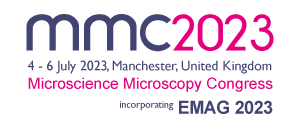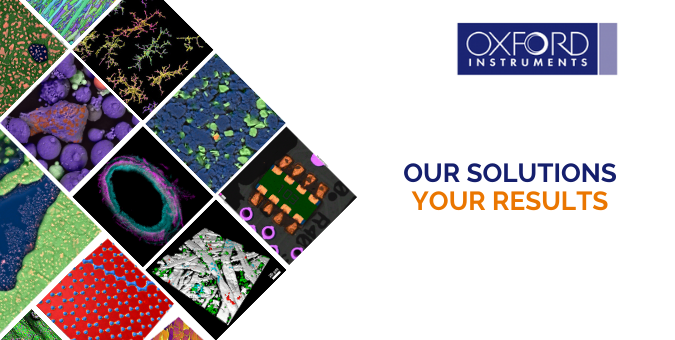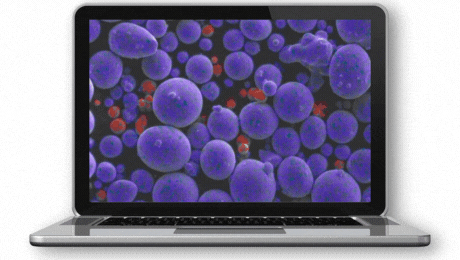Meet Oxford Instruments at mmc2023
We are excited to be at Microscience Microscopy Congress (mmc) 2023! We will be demonstrating Unity - the world’s first BEX imaging detector that combines Backscattered Electron and X-ray (BEX) imaging in a single technique, simultaneously. We will also have the latest in traditional Electron Microscope analytics and fluorescent microscopy on display, alongside Oxford Instruments’ broader Materials Analysis and Life Science capabilities, with live demonstrations available.
The BC43 Andor Benchtop Confocal Microscope, which delivers amazing images at the push of a button, will also be on show. WITec Raman imaging and correlative Raman-SEM (RISE) solutions, which redefine the state-of-the-art in speed, sensitivity and resolution along with Suite SIX, the newest version of WITec’s integrated software environment for instrument control and data analysis. As is our Cypher AFM, which routinely achieves higher resolution than other AFMs and is available with a full range of operating modes, environmental controls, and even video-rate scanning.
We look forward to seeing you at stand 211.




